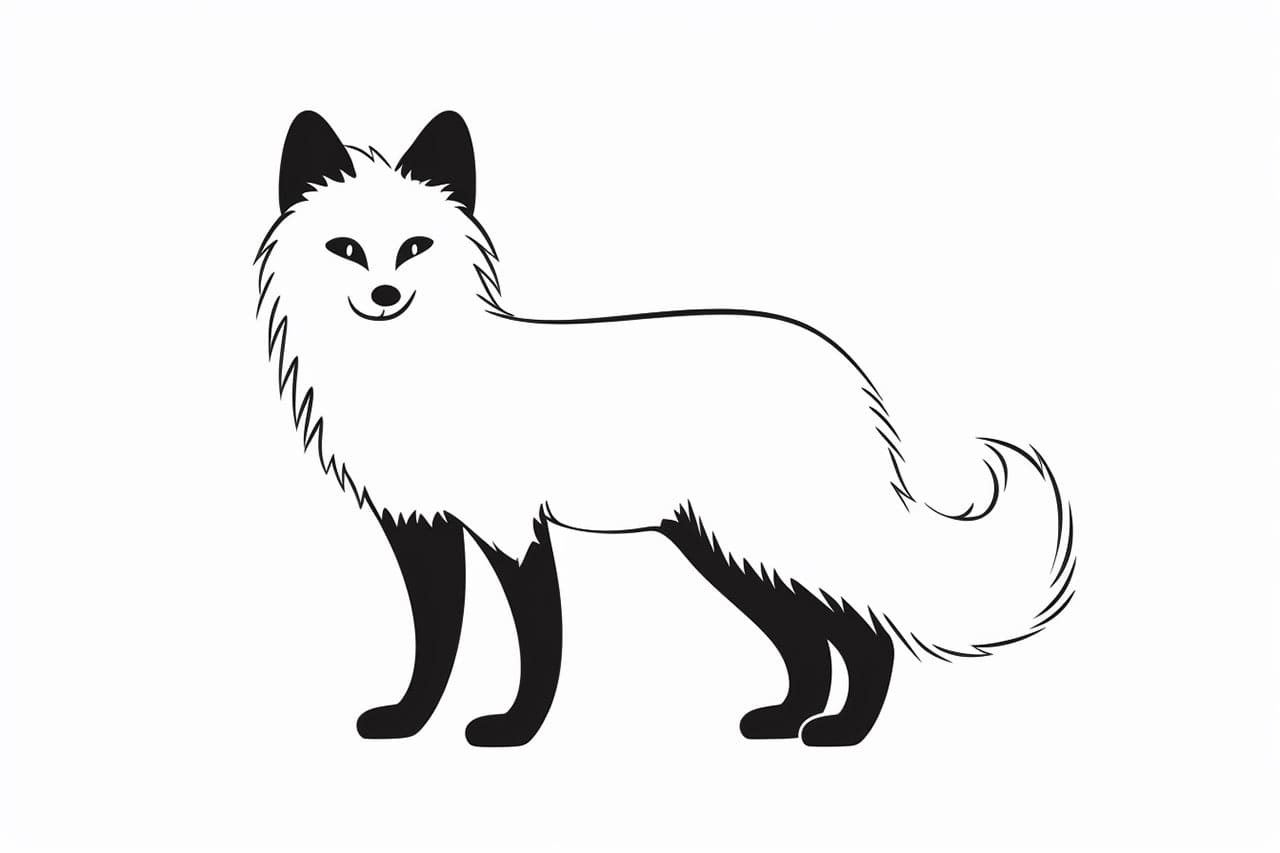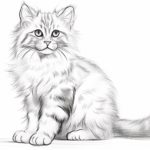Welcome to this step-by-step guide on how to draw an Arctic fox! In this article, we will explore the process of capturing the beauty and elegance of this majestic creature on paper. Whether you are a beginner or an experienced artist, these instructions will enable you to create a stunning representation of an Arctic fox. So grab your drawing materials and let’s get started!
Materials Required
To begin, gather the following materials:
- Drawing paper
- Pencil (preferably HB or 2B)
- Eraser
- Fine-tip black pen (optional)
- Colored pencils or markers (optional)
Make sure you have a comfortable and well-lit workspace. Now, let’s dive into the steps!
Step 1: Basic Shape of the Head
Start by drawing a large, round shape that will serve as the head of the Arctic fox. Make sure to leave enough space on the paper for the body and tail as well.
Step 2: Facial Features
Within the head shape, outline two circular eyes. Add a small, triangular shape for the nose and a curved line for the mouth. Remember to keep these features relatively small in proportion to the head.
Step 3: Ears and Fur
On top of the head, draw two pointy ears that sit upright. Add some fur details around the edges of the ears to make them look more realistic. Keep the lines light and feathery to mimic the softness of the fox’s fur.
Step 4: Body and Tail
Extend a curved line from the head to create the back of the Arctic fox. Add another curved line beneath the head to form the chest area. Now, draw a long, fluffy tail that curves gently at the end. Use quick, light strokes to depict the fur texture.
Step 5: Legs and Paws
Sketch four legs extending from the body. Make the front legs slightly shorter and thicker than the hind legs. Add small ovals at the end of each leg to represent the paws.
Step 6: Facial Details
Refine the facial features by adding more details. Draw a small oval inside each eye for the pupils. Add some fur lines around the eyes and the bridge of the nose. Enhance the mouth by adding a line for the lower lip and a small curve for the tongue.
Step 7: Fur Texture
To create the illusion of fur, lightly add gentle curved lines throughout the body and tail. These lines should follow the contours of the fox’s shape. Pay special attention to the tail, where the fur tends to be longer and more pronounced.
Step 8: Finalizing the Outline
Review your drawing and make any necessary adjustments. Erase any stray lines or guidelines that are no longer needed. Once you are satisfied with the overall appearance, darken the lines using a pencil or fine-tip black pen.
Step 9: Adding Depth and Shadows
To give your Arctic fox drawing more depth, use shading techniques. Identify the light source and imagine where the shadows would fall. Shade the areas that are farthest from the light source, such as the underside of the body, the chest, and the inner part of the ears. Gradually build up the shading, starting with light strokes and gradually increasing the pressure for darker areas.
Step 10: Coloring (Optional)
If you wish to add color to your drawing, use colored pencils or markers. Arctic foxes have a predominantly white or creamy coat with hints of gray, black, and brown. Start by layering light colors and gradually build up to darker shades. Pay attention to the fur texture while coloring, using short, feathery strokes to mimic the appearance of fur.
Conclusion
Congratulations! You have successfully completed your Arctic fox drawing. By following these step-by-step instructions, you have learned how to capture the beauty and grace of this remarkable animal. Remember, practice makes perfect, so don’t hesitate to attempt this drawing multiple times to further refine your skills. Enjoy the process and have fun expressing your creativity!
Gallery of Arctic Fox Drawings
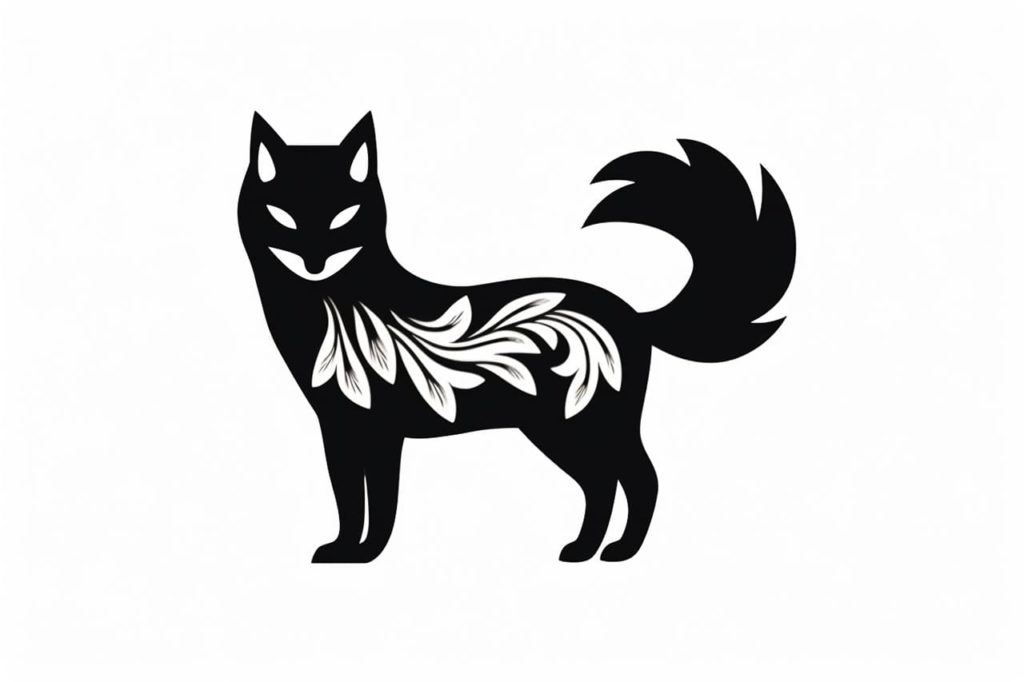
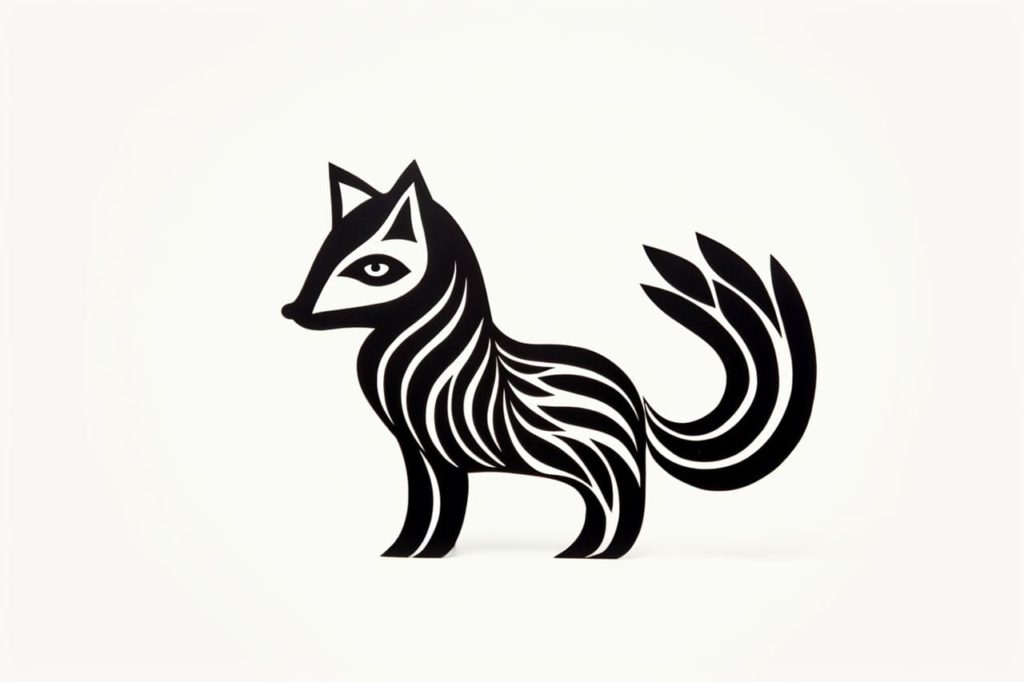
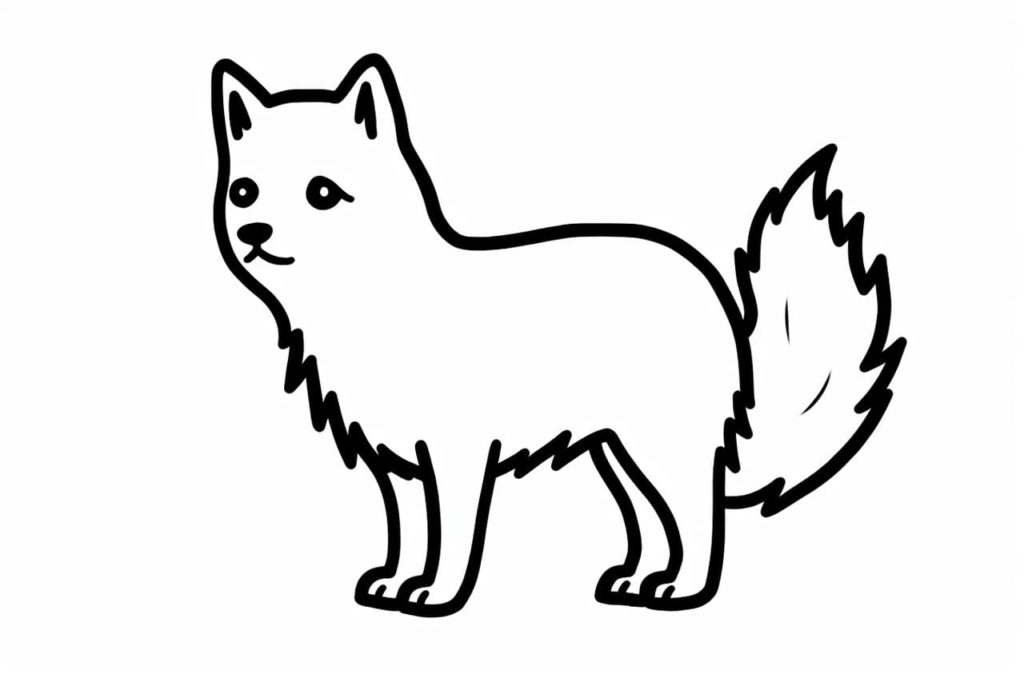
Fun Facts About Arctic Foxes
- Arctic foxes are known for their thick, warm fur that changes with the seasons—white in the winter to blend in with the snow, and brown or grey in the summer for camouflage against rocks and tundra.
- With a keen sense of hearing, arctic foxes can detect lemmings and other small animals moving beneath the snow.
- They are opportunistic eaters and have been known to follow polar bears to scavenge leftovers from their kills.
- Arctic foxes are well-adapted to frigid temperatures, with fur-covered feet, a compact body, and a bushy tail they use as a warm cover.
- They are remarkable travelers, sometimes trekking over 2,000 miles (3,220 kilometers) over ice and tundra in search of food.
- During harsh winter months, arctic foxes rely heavily on their food caches, which they create during more abundant times.
- These foxes are monogamous, typically mating for life and sharing the responsibilities of raising their young.
- Arctic foxes can handle cold temperatures of up to -58 degrees Fahrenheit (-50 degrees Celsius) without shivering.
- In Scandinavian folklore, arctic foxes were thought to create the northern lights by running over the snow, causing sparks to fly into the night sky.
- Arctic foxes play an important ecological role in their environment by controlling the populations of small animals and participating in the nutrient cycle.
Suggestions for Scenes and Settings for Arctic Fox Drawings
- Snowy Tundra Chase: Illustrate a dynamic scene of an arctic fox sprinting across a snowy field, with snowflakes swirling around.
- Winter Den Gathering: Create a cozy setting inside an arctic fox’s den, showcasing a family of foxes snuggled together surrounded by frost-covered walls.
- Fox with the Northern Lights: Depict an arctic fox sitting on a hill under a spectacular display of the aurora borealis, the colors reflecting in its fur.
- Iceberg Exploration: Draw an adventurous arctic fox exploring towering icebergs and frozen cliffs, with seals peeking from the icy water.
- Springtime Thaw: Show an arctic fox in its summer coat, meandering through a grassy tundra with flowers beginning to bloom.
- Arctic Fox and Polar Bear: Create a scene of peaceful coexistence, with an arctic fox watching a distant polar bear across the ice.
- Fishing by the Sea: Paint a setting of an arctic fox at the edge of a broken ice floe, eyes focused on the water for fish.
- Mysterious Fog: Capture the mystery of an arctic fox emerging from a foggy landscape, its silhouette almost ghostly against the pale mist.
- Starry Night Patrol: Illustrate an arctic fox under a starry sky, its eyes gleaming as it moves silently in search of a midnight snack.
- Playful Pups: Draw a playful scene of young arctic fox pups playing outside their den while parents watch nearby.

